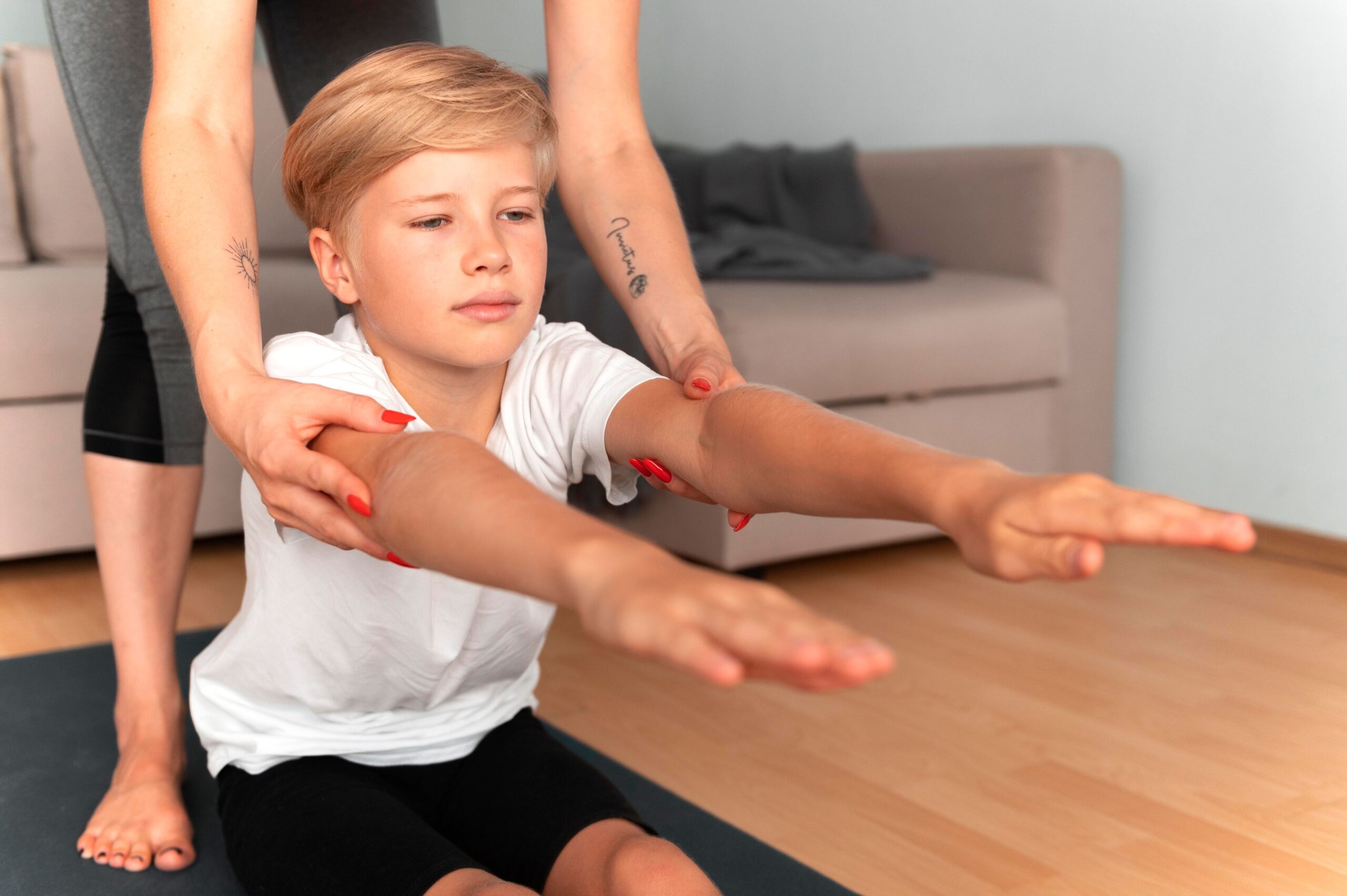
Scleroderma is a rare disease that causes the skin and connective tissues to harden and tighten. It presents in two forms in children: localized scleroderma and systemic sclerosis. While both share the same name, they affect the body differently.
The good news is that most children are diagnosed with the localized form, which is more common and usually less severe than the systemic type.
Two Forms of Juvenile Scleroderma
Localized Scleroderma (Morphea / Linear Scleroderma)
This is the most common form in children. It mainly affects the skin and the tissues just beneath it. Symptoms may include:
- Patches or streaks of thickened, hard, or discolored skin
- Skin that appears shiny or bound down
- In some cases, one limb may grow more slowly than the other if the condition affects the growth plates
Although localized scleroderma can look dramatic, it does not affect internal organs, and many children respond well to treatment.
Systemic Sclerosis (Systemic Scleroderma)
This much rarer form can affect not only the skin but also internal organs, such as the lungs, heart, kidneys, or gastrointestinal system. Symptoms may include:
- Skin thickening in multiple areas
- Raynaud’s phenomenon (fingers turning white or blue in the cold)
- Fatigue, digestive issues, or shortness of breath
Because systemic sclerosis can affect vital organs, it requires intensive monitoring and specialist care.
What Causes Scleroderma?
Scleroderma is considered an autoimmune disease. This means the immune system, which usually protects the body, starts attacking its own tissues. The exact cause is unknown and is not contagious or inherited directly.
How Is It Diagnosed?
Diagnosis is based on:
- Clinical signs (skin changes, Raynaud’s, growth abnormalities)
- Blood tests (sometimes autoantibodies are present)
- Imaging (MRI, ultrasound) to assess deeper tissue involvement
Children are typically referred to a pediatric rheumatologist for further evaluation and ongoing care.
Important: Scleroderma in children can affect the skin, blood vessels, and internal organs. Signs may include skin thickening or hardening (especially on fingers, face, or limbs), cold-sensitive fingers that turn white or blue (Raynaud’s phenomenon), joint stiffness, and digestive issues. Internal organs like the lungs or kidneys may sometimes be involved. If your child develops unusual skin changes, persistent stiffness, or symptoms suggesting internal involvement, seek evaluation by a pediatric rheumatologist. Early recognition and monitoring are crucial to manage the disease effectively.
What Treatments Are Available?
There is no cure for scleroderma, but treatment can control the disease and prevent complications. Depending on the type and severity, options may include:
- Immunosuppressive medications (e.g. methotrexate)
- Topical treatments or phototherapy for skin
- Physical therapy to maintain mobility and prevent stiffness
- Vascular medications in case of Raynaud’s or internal involvement
The treatment plan is personalized, and regular monitoring is essential.
Living with Juvenile Scleroderma
With early diagnosis and proper treatment, most children with localized scleroderma can manage the condition well and continue with school, sports, and social life. Systemic sclerosis requires more complex care, but children and families can still lead active lives with support and careful management.
Clear communication with the care team, emotional support, and a positive environment all help children thrive.








